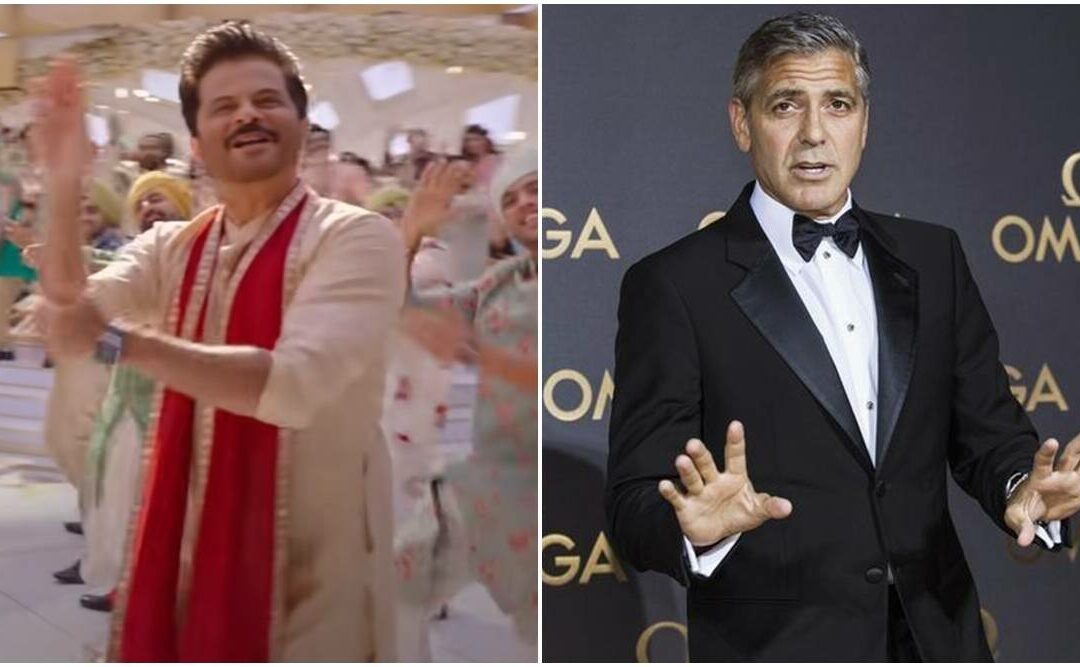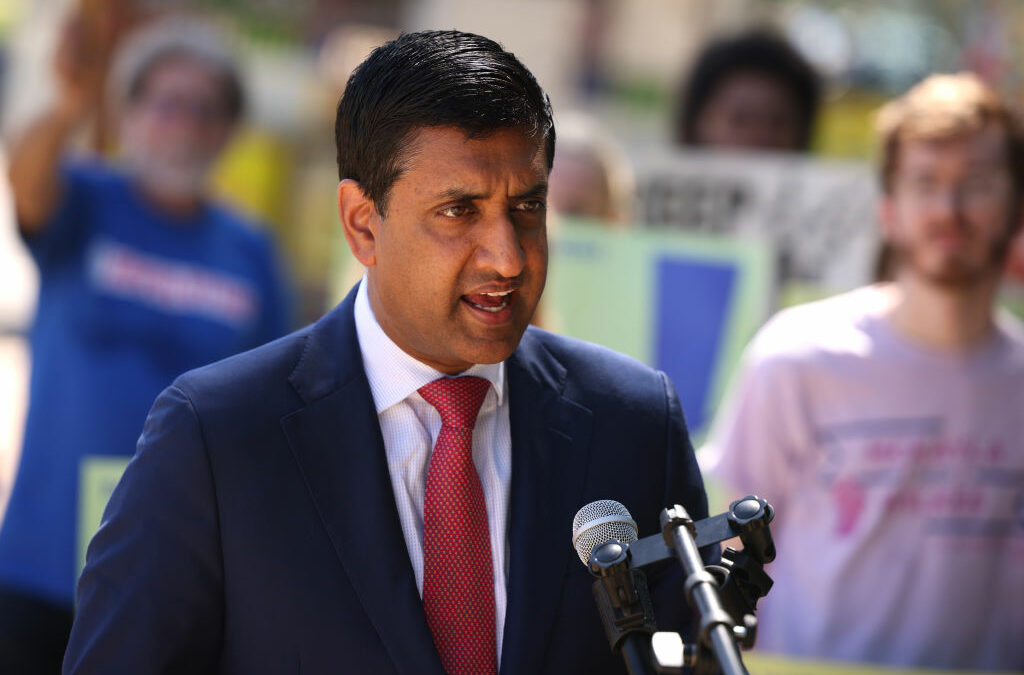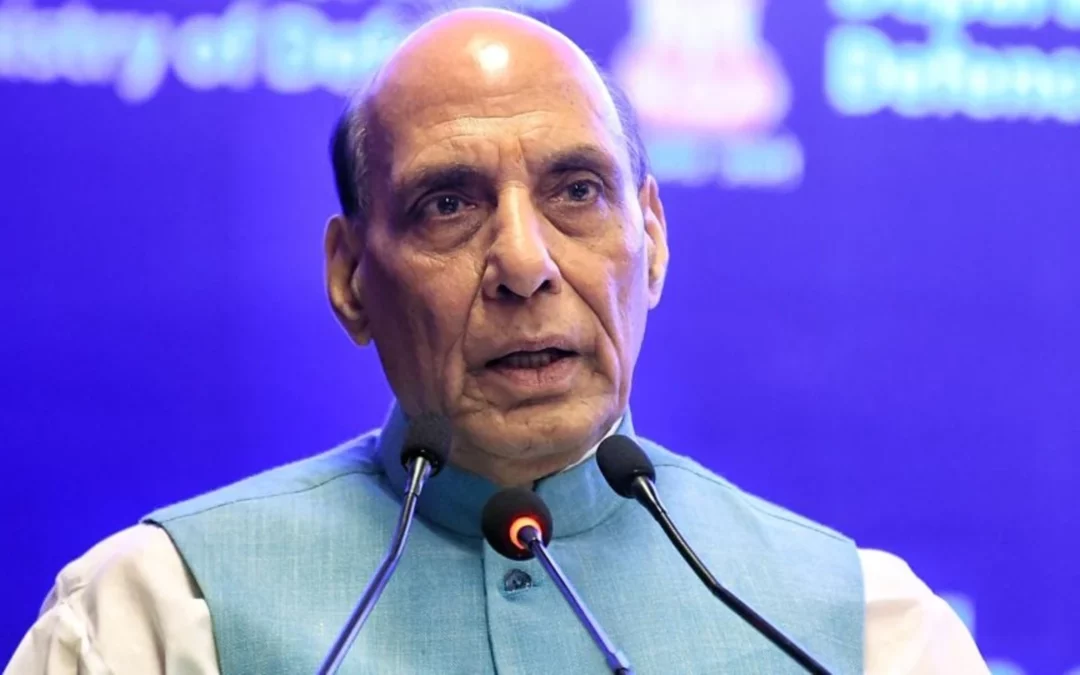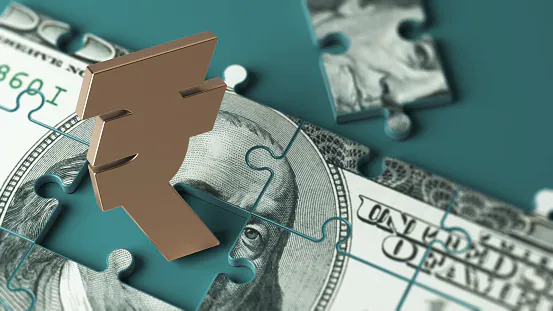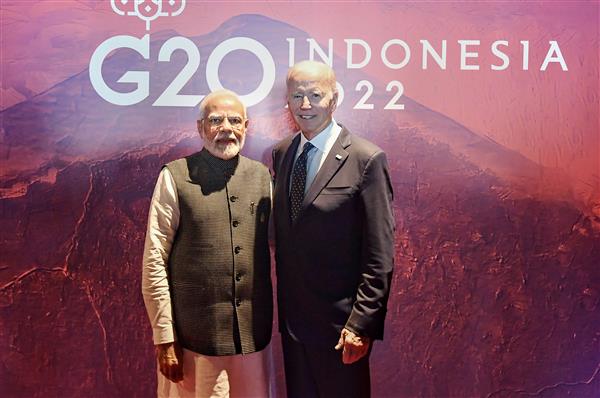
PM Modi, US President Joe Biden Meet In Indonesia, Review India-US Ties
Reading Time: 2 minutes
Prime Minister Narendra Modi and US President Joe Biden today reviewed the state of India-US strategic partnership including in sectors like critical and emerging technologies and artificial intelligence.
It is understood that PM Modi and Joe Biden also touched upon the Ukraine conflict and its implications in their meeting that took place on the margins of the G-20 summit in this Indonesian city.
In its readout, the Ministry of External Affairs (MEA) only said that the two leaders also discussed “topical global and regional developments” in the meeting.
“Prime Minister Narendra Modi met President of USA, Joseph R Biden on the margins of G-20 Leaders’ Summit in Bali today,” the MEA said.
“They reviewed the continuing deepening of the India – US strategic partnership including cooperation in future oriented sectors like critical and emerging technologies, advanced computing, artificial intelligence, etc,” it said in a statement.
The MEA said Prime Minister Modi thanked President Biden for his “constant support” for strengthening the India-US partnership.
“He expressed confidence that both countries would continue to maintain close coordination during India’s G-20 Presidency,” it said.
A White House readout said Biden met PM Modi and President Joko Widodo of Indonesia on the margins of the G20 summit in Bali to reaffirm their shared commitment to the G20 as the premier forum for international economic cooperation.
“Facing significant global challenges, the leaders discussed how the G20 continues to demonstrate its collective capacity to bring together major economies to advance sustainable and inclusive growth in our economies and beyond, tackle the ongoing climate, energy, and food crises, strengthen global health architecture and promote technological transformation,” it said.
The readout said President Biden applauded Indonesia’s G20 Presidency and that he looks forward to continuing to support the G20’s work under India’s Presidency.
The MEA said the two leaders expressed satisfaction about close cooperation between India and US in new groupings such as Quad and I2U2.
While the Quad comprises India, the US, Australia and Japan, the members of the I2U2 are India, Israel, the US and the United Arab Emirates.
On the Modi-Biden meeting, MEA spokesperson Arindam Bagchi described the conversation as “useful exchange”.
“A useful exchange between PM @narendramodi & @POTUS @JoeBiden on sidelines of G20 Bali Summit. Leaders appreciated the continuing deepening of India-US Strategic Partnership & close cooperation in groups like Quad, I2U2, etc. Agreed to maintain close coordination during #G20India,” he tweeted.
PM Modi and US President Biden held the conversation days after External Affairs Minister S Jaishankar met US Secretary of State Antony Blinken on the sidelines of the ASEAN-India Summit in the Cambodian capital of Phnom Penh.
Mr Jaishankar and Mr Blinken discussed a range of issues including bilateral ties, the Ukraine conflict and the situation in the Indo-Pacific among others.
Since the Ukraine conflict began in February, Prime Minister Modi spoke to Russian President Vladimir Putin as well as Ukrainian President Volodymyr Zelenskyy a number of times.
In a phone conversation with President Zelenskyy on October 4, PM Modi said that there can be “no military solution” and that India is ready to contribute to any peace efforts.
In his meeting with Russian President Putin in the Uzbek city of Samarkand in September, PM Modi conveyed to him that “today’s era is not of war”.
India has not yet condemned the Russian invasion of Ukraine and it has been maintaining that the crisis must be resolved through diplomacy and dialogue.

